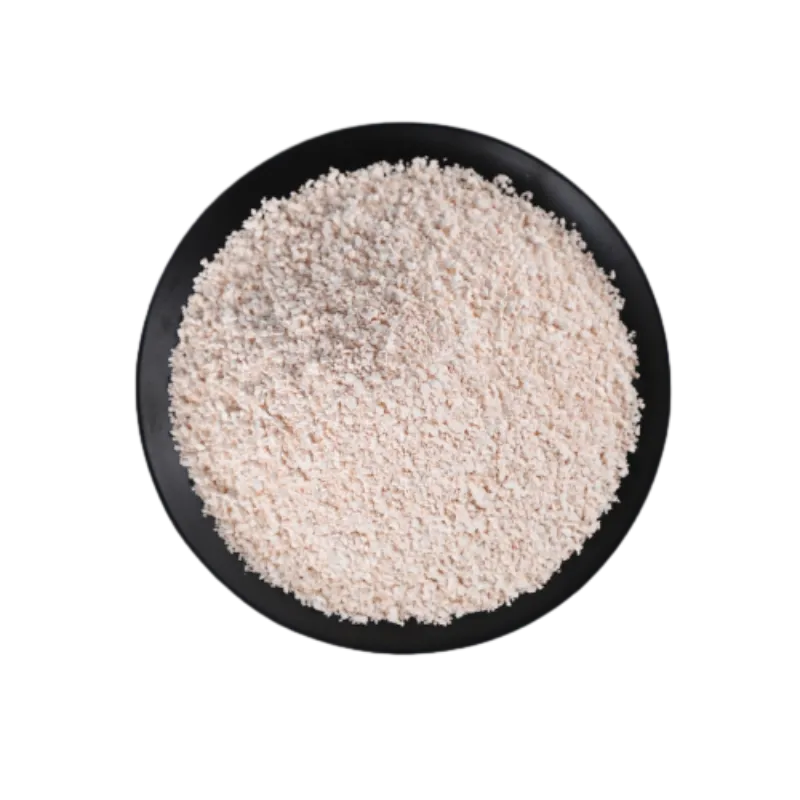
Nov . 16, 2024 08:58 Back to list
granular loss shingles
Understanding Granular Loss in Shingles Causes, Effects, and Prevention
Granular loss in shingles, particularly in the context of roofing materials, poses significant concerns for homeowners and builders alike. Shingles serve as the first line of defense against the elements, protecting homes from water intrusion and other external damage. When granular loss occurs, it not only diminishes the aesthetic appeal of a roof but also threatens its integrity and longevity. This article explores the causes and effects of granular loss in shingles and discusses effective prevention strategies.
What is Granular Loss?
Granular loss refers to the shedding of the granular surface of asphalt shingles. These granules, typically made from crushed stone or mineral materials, are embedded in the asphalt surface to provide protective qualities. They play a crucial role in shielding the underlying asphalt from UV radiation, thereby preventing premature degradation and ensuring the longevity of the shingles.
Over time, however, various factors can lead to the loss of these granules. When this occurs, homeowners may notice bald patches on their roofs, which can be indicative of a larger problem.
Causes of Granular Loss
1. UV Radiation One of the primary culprits of granular loss is the sun’s ultraviolet (UV) radiation. Prolonged exposure can cause the asphalt binder to break down, leading to a weakening of the bond between the granules and the shingle surface.
2. Weather Conditions Extreme weather conditions, including hail storms, heavy rain, and high winds, can physically dislodge granules from shingles. Hailstones can impact shingles with enough force to fracture the surface and remove granules, while strong winds can lift and peel shingles, exacerbating the loss.
3. Poor Quality Shingles The quality of the shingles significantly impacts their durability. Lower-quality shingles may have a thinner layer of granules or inadequate bonding agents, making them more susceptible to losing granules over time.
4. Aging Naturally, as asphalt shingles age, they undergo wear and tear. The aging process can result in a breakdown of the asphalt and granules, leading to granular loss.
5. Improper Installation Installation flaws, such as insufficient nailing or exposure to excessive moisture during installation, can compromise the shingle’s integrity, leading to premature failure and granular loss.
Effects of Granular Loss
granular loss shingles

The consequences of granular loss can be severe. Firstly, it reduces the shingles' ability to reflect UV rays, making the roof more vulnerable to heat-related damage. This increased heat can lead to further degradation of the asphalt and shorten the lifespan of the roofing materials.
Secondly, without the protective layer of granules, the risk of leaks and water damage increases significantly. Exposure to moisture can lead to algae growth, mold, and deterioration of the roof deck, eventually requiring costly repairs or total replacement.
Finally, granular loss affects the overall aesthetic appeal of a home
. A roof with patches of missing granules can detract from the property’s curb appeal, which could be a concern for homeowners looking to sell their home in the future.Prevention Strategies
To prevent granular loss in shingles, homeowners can take several proactive measures
1. Choose Quality Materials Investing in high-quality shingles with robust granule adhesion can mitigate the risk of granular loss. Researching and selecting reputable brands can pay off in the long run.
2. Regular Maintenance Routine roof inspections can help identify early signs of granular loss and other roofing issues. Homeowners should conduct inspections at least twice a year and after severe weather events.
3. Keep Roof Clean Removing debris, leaves, and algae from the roof can prevent moisture retention and promote better longevity of shingles.
4. Adequate Ventilation Ensuring that the attic and roof are properly ventilated can help regulate temperature and reduce the risk of heat-related damage to shingles.
5. Professional Installation Hiring reputable roofing contractors for installation can significantly reduce the risks associated with improper installation techniques.
Conclusion
Granular loss in shingles is a serious issue that can lead to significant long-term damage if not addressed promptly. By understanding the causes, effects, and prevention strategies, homeowners can better protect their roofs and prolong the life of their roofing system. Regular maintenance and quality materials are key aspects to ensure that roofs remain resilient against the elements, providing safe and secure shelter for years to come.
-
Rubber Roofing Shingles - Durable & Weatherproof SBS Rubber Asphalt Shingles for Homes & Businesses
NewsJul.08,2025
-
Crest Double Roman Roof Tiles – Durable, Stylish Roofing Solution at Competitive Prices
NewsJul.08,2025
-
T Lock Asphalt Shingles Durable Roofing Solution for Long-lasting Protection
NewsJul.08,2025
-
Top Stone Coated Metal Roofing Suppliers & Manufacturers Durable Stone Coated Metal Tile Solutions
NewsJul.07,2025
-
How Many Bundles of Asphalt Shingles in a Square? Fast Roofing Guide & Tips
NewsJul.07,2025
-
How Long Should a Cedar Shake Roof Last? Expert Guide & Replacement Options
NewsJul.06,2025







